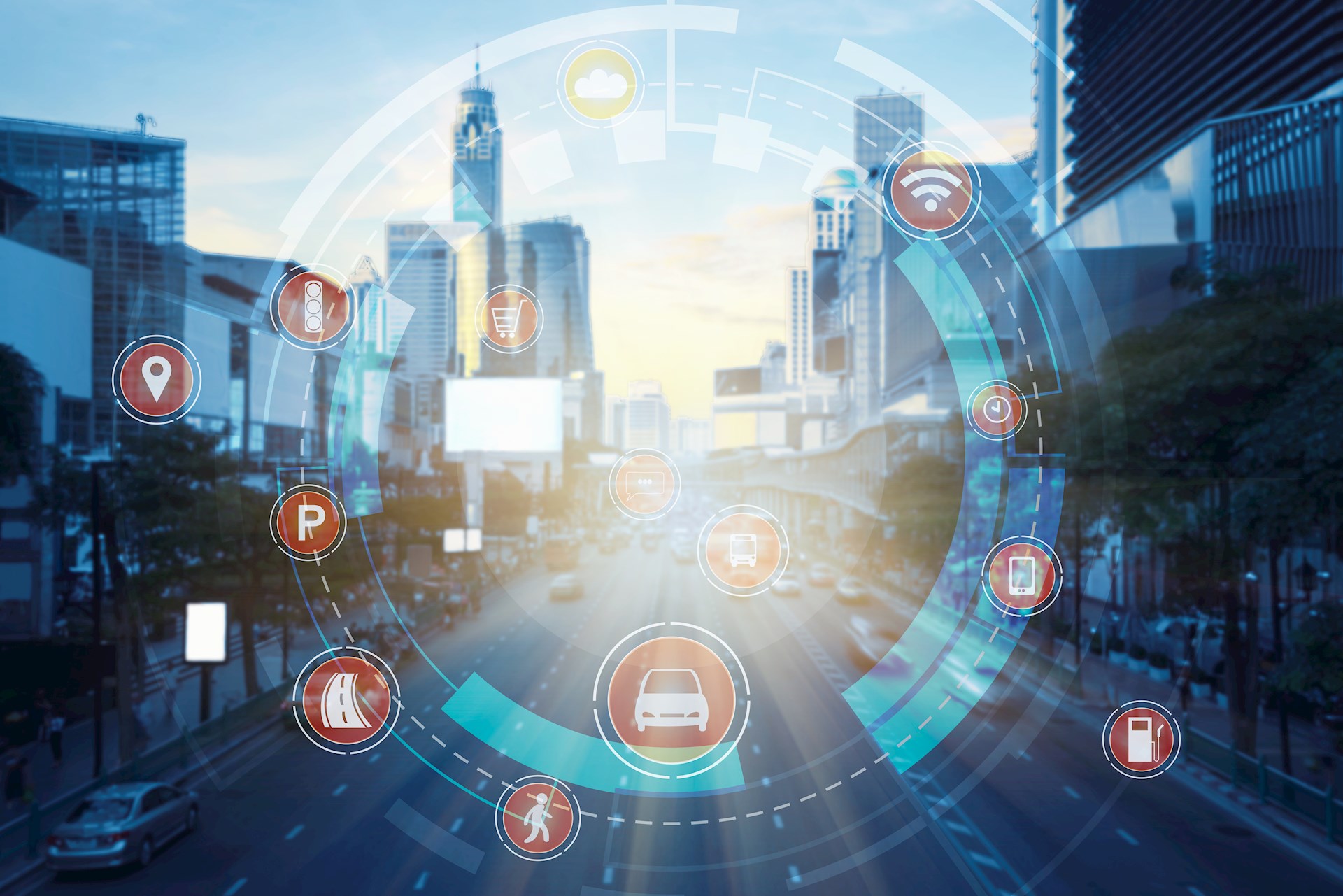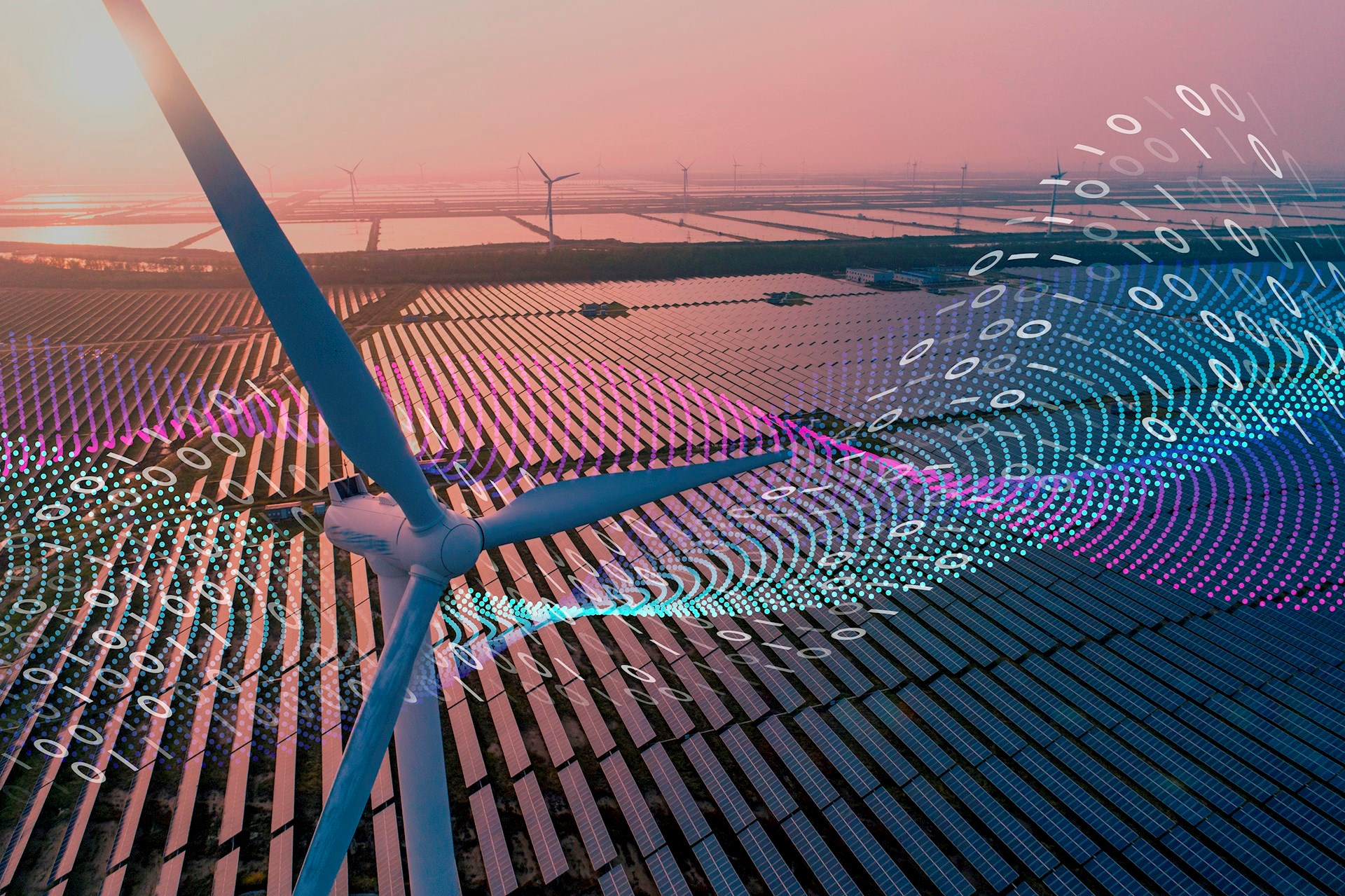Installations of second-generation (SMETS2) smart meters held up very strongly during the second English lockdown, in marked contrast to the spring lockdown, according to new data from the Data Communications Company (DCC).
The first lockdown in England, from 24 March to the start of June, caused a fall of 96.2% in average daily gas and electricity smart meter installations, according to the DCC’s figures. However the autumn lockdown now ending has seen the smart meter installation rate drop by just 2.5% on the previous month -- which was itself already a record for smart meters installed by Britain's energy suppliers.
During the late March to June lockdown, average daily smart meter installations plunged to 658, down from a February average rate of 17,362 per day – a drop of 96.2%. The lowest figure for installs on a single day during the period was 323. The sharp decline in smart meter installations came as energy companies responded to the Covid-19 restrictions, moving in most instances to an emergencies-only footing.
By contrast, during November, despite the second lockdown a total of 360,107 second generation gas and electric smart meters were installed by energy suppliers in homes and businesses across Britain, at an average rate of 17,148 every day. This represents a reduction of just 2.5% on the levels achieved in October, which was itself a record month, with an average of 17,579 each day.
The DCC says the huge disparity in the smart meter installation rates demonstrates how successfully energy companies, distribution network operators and installation engineers have adapted their working practices since mid-summer, to enable smart meter installations to continue safely in homes.
These figures show the smart meter roll-out has progressed apace despite the second lockdown. The sustained rebound from the lows of the spring lockdown is testament to the innovation and safe working practices of our customers, and it demonstrates that all involved have earned the confidence of the public.
Smart Energy GB, the body charged with promoting the benefits of smart meters to households, said the DCC data reflected its own ongoing monitoring of consumer indicators in the nationwide roll-out effort, showing only a negligible impact compared to the spring lockdown.
“Every smart meter installed in Britain is a step closer to a more energy efficient system that will make better use of renewable wind and solar power. The climate crisis hasn’t gone away because of Covid, and it is heartening to see so many people do their bit to help create a greener Britain, despite the difficulties we’ve all faced this year.”
Second-generation smart meters are fully interoperable from the outset, meaning that the consumer can switch energy supplier without losing smart functionality. There are more than 6m SMETS2 smart meters connected to the network.
The DCC is also migrating millions of first-generation (SMETS1) smart meters onto its network. Currently almost 2.3m have been connected, rendering them fully interoperable. The combined total of interoperable smart meters on the DCC platform is now 8.36m. These figures are regularly updated on the DCC website.
Top localities
Across Britain, some areas are adopting the SMETS2 technology at above-average rates, with dozens now past the milestone of having one home in every four equipped with a second-generation meter, offering energy efficiency to Britain's consumers.
The top twenty local authority areas in the Britain for SMETS2 smart meter take-up are as follows*:
- Halton
- Daventry
- Guildford
- Vale of White Horse
- Wokingham
- Hart
- South Derbyshire
- Eastleigh
- Test Valley
- Cherwell
- Bracknell Forest
- East Devon
- North Kesteven
- Basingstoke and Deane
- North West Leicestershire
- Tewkesbury
- Rugby
- Harborough
- Rushmoor
- East Hampshire
* Data generated using ONS local authority household data, crossed-matched with DCC installation data.
Smart meter roll-out: A tale of two lockdowns
Further reading







